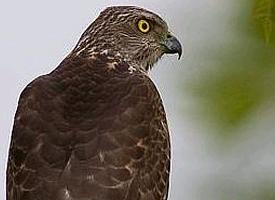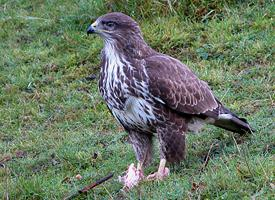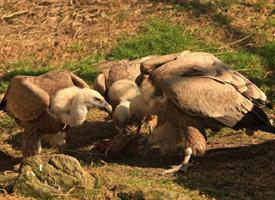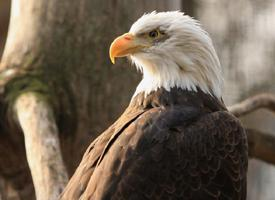
Váhy a míry
| Délka | od 70 do 102 cm |
|---|---|
| Hmotnost | od 2,5 do 7 kg |
| Délka rozpětí křídel | od 1,68 do 2,44 m |
Biologická data
| Délka života | 20 r |
|---|
Popis zvířete
The Bald Eagle (Haliaeetus leucocephalus) is a majestic and powerful bird of prey that is not only a symbol of the wilderness and freedom but also the national emblem of the United States of America since 1782. This iconic species is easily recognizable by its white head and tail, which starkly contrast with its dark brown body and wings. Despite its name, the Bald Eagle is not actually bald; the name derives from an older meaning of "white headed".Adult Bald Eagles have a formidable wingspan ranging from 6 to 7.5 feet (1.8 to 2.3 meters), making them one of the largest raptors in North America. Their large, hooked beaks are bright yellow and powerful, designed for tearing flesh from their prey. Their eyes are also yellow and possess keen vision, allowing them to spot fish from a distance, which is their primary food source. They are also known to feed on waterfowl, small mammals, and carrion.
Bald Eagles are found near large bodies of open water with abundant fish and old-growth trees for nesting. Their habitat spans across North America, from Alaska and Canada down through the United States to northern Mexico. They prefer coastal areas, lakes, and rivers where they can find food and suitable nesting sites. Bald Eagles are known for their impressive nests, which are the largest of any North American bird. Made of sticks and vegetation, these nests are reused and added to each year, sometimes reaching sizes of up to 10 feet (3 meters) in diameter and weighing over a ton.
Breeding pairs of Bald Eagles are monogamous and often mate for life. They engage in dramatic courtship displays that include high-flying acrobatics and the famous "death spiral," where the pair locks talons and falls towards the earth, separating at the last moment. Females lay between one to three eggs per year, which both parents take turns incubating for about 35 days. Once hatched, the eaglets grow rapidly and are ready to fledge at about 10 to 14 weeks of age. However, they will often remain with their parents, learning to hunt and survive, until they are about six months old.
The Bald Eagle was once on the brink of extinction in the contiguous United States due to habitat destruction, illegal shooting, and the contamination of its food supply caused by the pesticide DDT. However, thanks to rigorous conservation efforts, including legal protection under the Bald and Golden Eagle Protection Act and the banning of DDT, the Bald Eagle population has made a remarkable recovery. It was removed from the U.S. federal government's list of endangered species in 2007 and is now considered one of the great conservation success stories.
Bald Eagles are not only a symbol of the United States but also a testament to the resilience of nature and the success of concerted conservation efforts. Their presence enriches the natural landscapes of North America, reminding us of the importance of preserving natural habitats and the interconnectedness of all living things.
Mapa výskytu
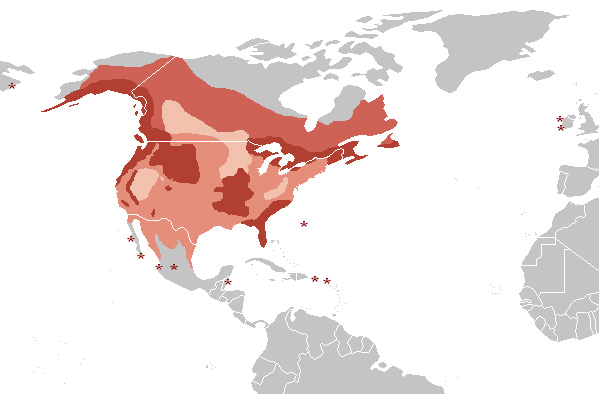
Podobná zvířata
Nové fotografie zvířat
Top 10 zvířat
- Chinese water dragon (Physignathus cocincinus)
- Galápagos tortoise (Geochelone nigra complex)
- Dolphin gull (Leucophaeus scoresbii)
- Japanese macaque (Macaca fuscata)
- Colombian red howler (Alouatta seniculus)
- Sea urchins (Echinoidea)
- Moustached guenon (Cercopithecus cephus)
- Diana monkey (Cercopithecus diana)
- Colossal squid (Mesonychoteuthis hamiltoni)
- Common house mosquito (Culex pipiens)
